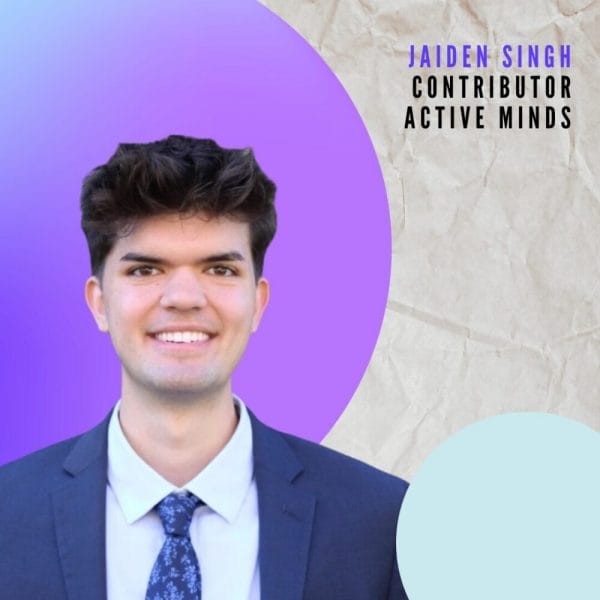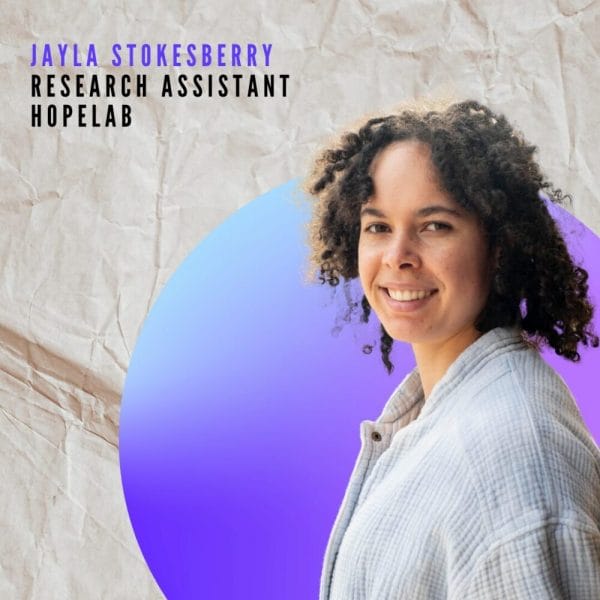While technology has often been criticized for provoking our separation and loneliness, it may be a critical part of the solution
the tv screen flickers blue on my skin
the word COVID-19 echoes in my ears
as much as i try, i cannot socially distance myself from the virus
it injects itself into my conversations, my thoughts, my fears, my dreams
while quarantining in my childhood bedroom,
i’m grateful for the refuge but feel suddenly stripped of my “adulthood”
i struggle to envision who i want to be when surrounded by my old self
anxiety rushes over me as i witness the radical remapping of my social-economic-political world
craving escapism and a dose of humor, i plunge into the abyss of instagram
where my feed is saturated with peach-colored social slacktivism guides and WFH memes
addicted to distraction, time ticks away without a trace
TikTok, TikTok, TikTok…
and suddenly, i’m notified that my screen time has gone up 40% this week
time has slowly lost its shape like the melting clocks in Salvador Dalí’s “Persistence of Memory”
but i try to find solace in the surrealism of life as i navigate the unexplainable aspects of existing
and pause to reflect on what this all means
i’ve learned that there are no simple answers, only questions, and constant flux
We are all being affected by the hot, volcanic mess that is 2020, and teens and young adults are being stressed in unique and serious ways.
Physical distancing will have profound and far-reaching health consequences for this group, during a critically sensitive period where social interactions are vital to brain development, identity construction, and mental health. As a young adult, living in the midst of converging crises, I am coming to terms with a lot of uncomfortable realities. From navigating a world where Zoom breakout rooms may perpetually replace the spaces where I learn and work, a world where the feeling of warm moving bodies and thumping speakers at concerts don’t exist, to entering a job market in the face of one of the most damaged economies of our lifetimes—being a young adult in this era can feel disempowering and bleak.
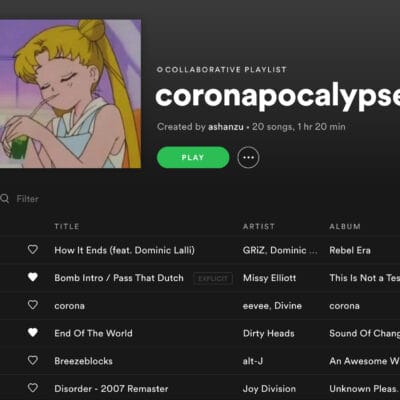 To maintain my sanity, I find myself having to develop new rituals and connect with friends in novel ways. During quarantine, I have re-learned how to wake up—stretching my limbs into eternity the moment I awake, gulping a glass of water, and blasting music that makes me want to dance and feel. In prioritizing connection with myself, I’ve been able to maintain connection with others. During this time, my friends and I create collaborative playlists on Spotify, we laugh during our awkward Zoom dinner dates, and we’ve now started cold calling each other to maintain the spontaneity we once felt when we could just visit each other without a virus ever crossing our minds.
To maintain my sanity, I find myself having to develop new rituals and connect with friends in novel ways. During quarantine, I have re-learned how to wake up—stretching my limbs into eternity the moment I awake, gulping a glass of water, and blasting music that makes me want to dance and feel. In prioritizing connection with myself, I’ve been able to maintain connection with others. During this time, my friends and I create collaborative playlists on Spotify, we laugh during our awkward Zoom dinner dates, and we’ve now started cold calling each other to maintain the spontaneity we once felt when we could just visit each other without a virus ever crossing our minds.

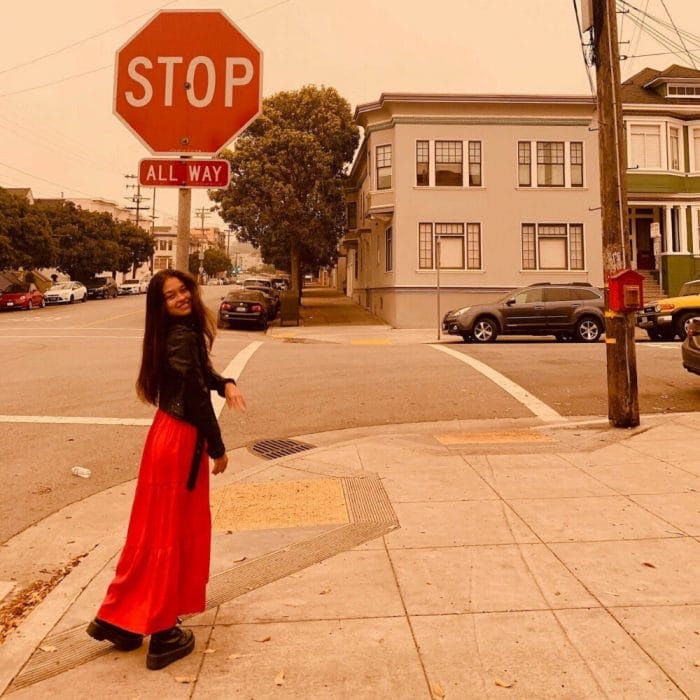
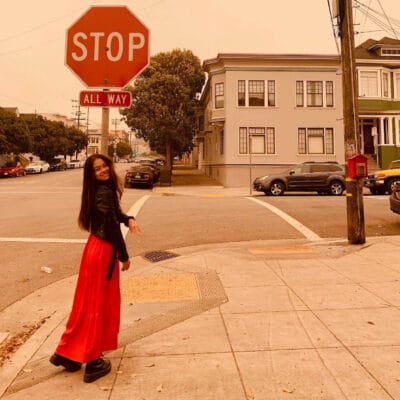 Ashlyn holds a Master of Science in Community Health & Prevention Research from Stanford University School of Medicine. Fusing human-centered design, behavioral science, and social justice, her mission is to build technologies that meaningfully and measurably improve health and well-being for vulnerable communities. She has been a research intern at Hopelab since January, working on research, strategy, and design for
Ashlyn holds a Master of Science in Community Health & Prevention Research from Stanford University School of Medicine. Fusing human-centered design, behavioral science, and social justice, her mission is to build technologies that meaningfully and measurably improve health and well-being for vulnerable communities. She has been a research intern at Hopelab since January, working on research, strategy, and design for 
